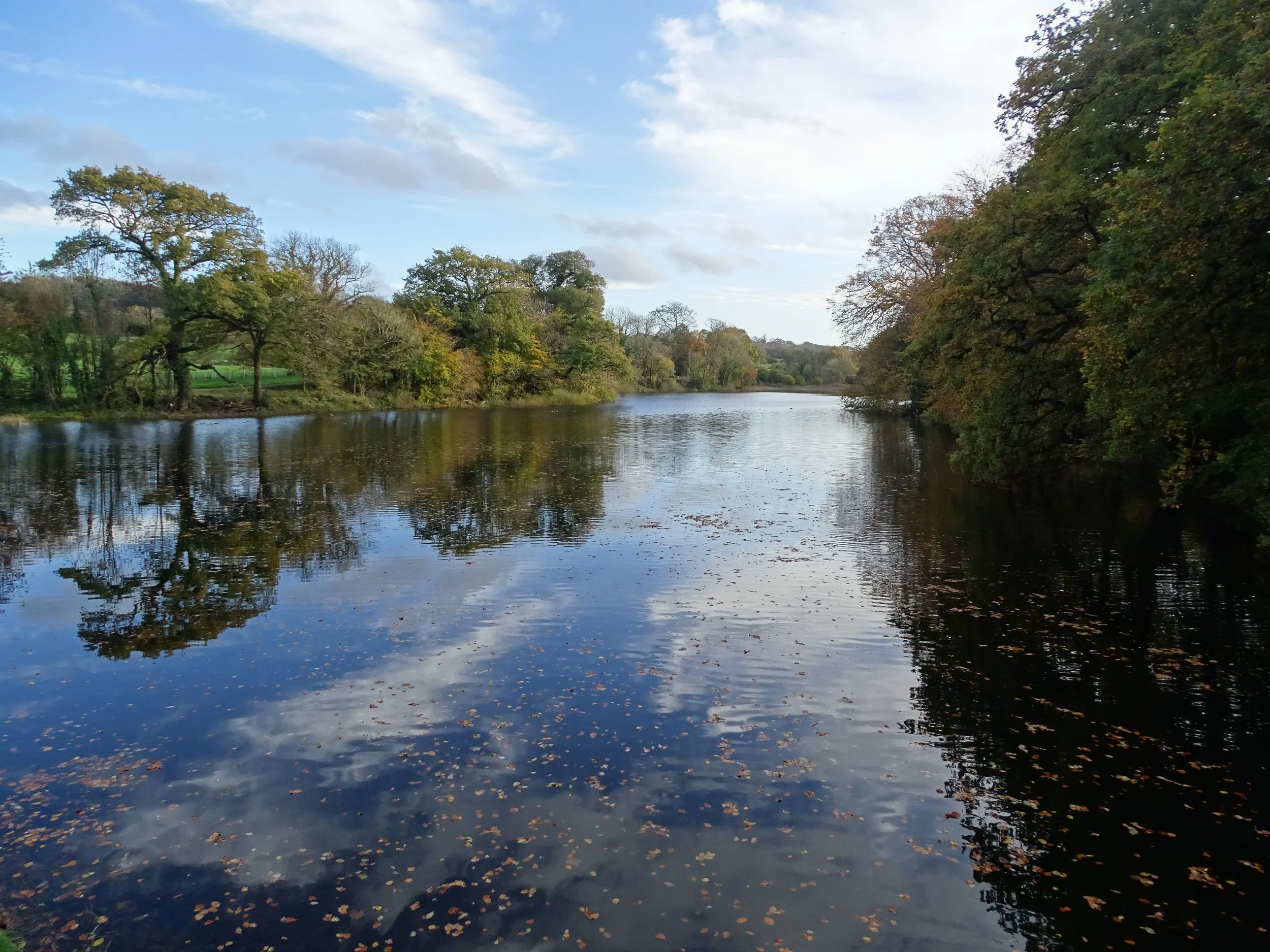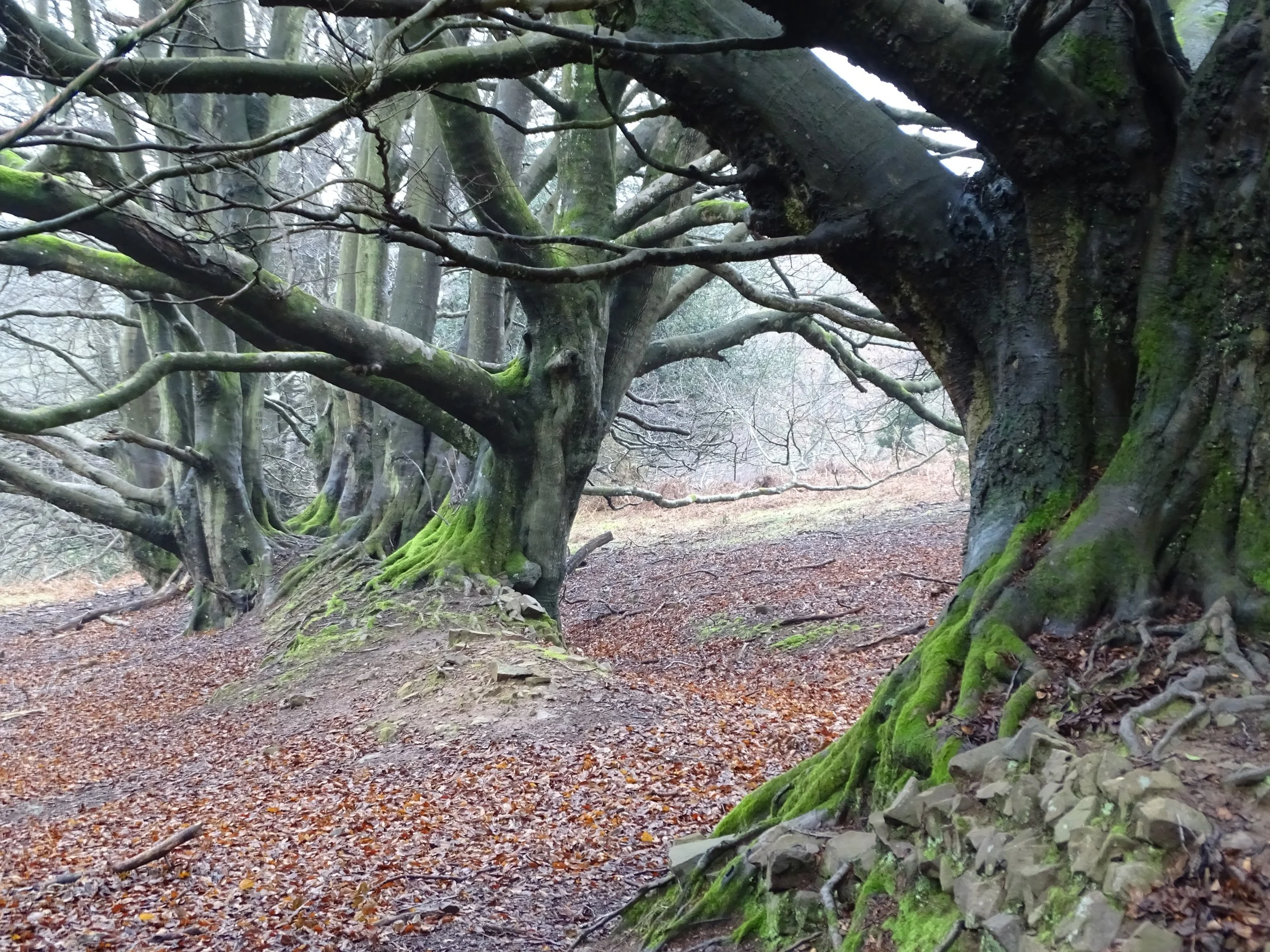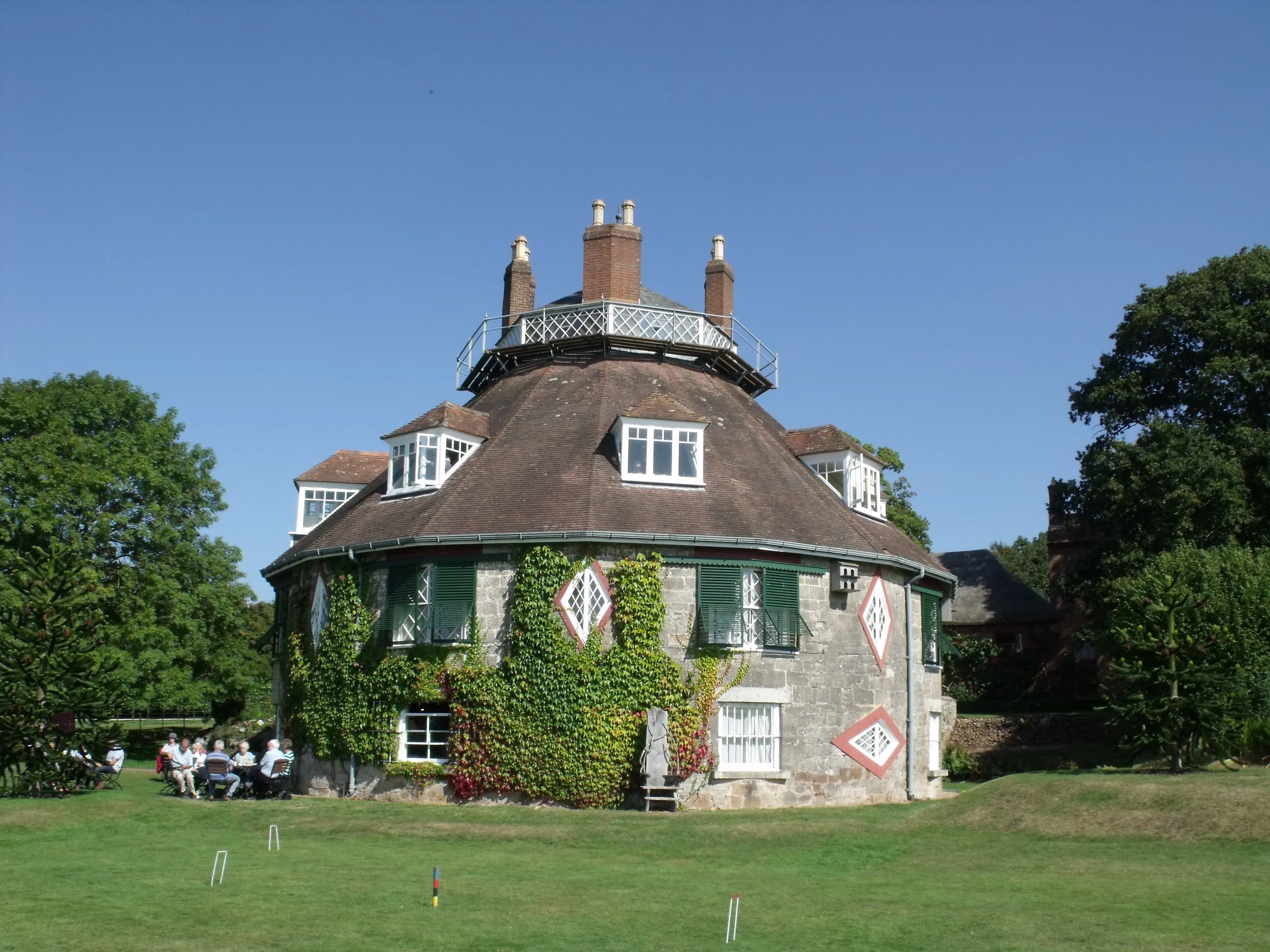-
![]()
Conservation Management Plans
Conservation Management Plans (CMPs) are the bedrock of informed conservation of historic landscapes. Perhaps more than any other aspect of heritage, designed historic landscapes survive or are lost on the management provided. As well as providing a comprehensive assessment of a site’s significance and an essential management tool, Conservation Management Plans can also:
Provide the context and rationale for planning applications, including enabling development.
Assess the impacts of new development.
Help ensure a vulnerable site is taken off the Heritage at Risk Register by Historic England.
Reveal the history of a site to guide interpretation.
Support a Heritage Lottery Fund application.
Support an application for Inheritance Tax exemption.
Inform a Countryside Stewardship agreement.
Provide specialist management and maintenance advice.
-
![]()
Heritage Management Plans
Heritage Management Plans (HMPs) set out the mandatory and voluntary enhancements required to meet inheritance tax exemptions. They provide clear policies and proposals for maintaining and enhancing the outstanding qualities and importance of a historic landscape. We have prepared HMPs for a number of estates over the last twenty years, and have gone on to revise and update these reports as part of the ten-year HMP review process. HMPs can provide useful management tools for landowners, not only meeting the requirements for Inheritance Tax exemption, but also guiding and supporting conservation works through other schemes, such as Countryside Stewardship.
-
Parkland Plans
We have helped many owners and occupiers secure valuable long-term Countryside Stewardship agreements to conserve and enhance landscapes. Schemes have ranged from whole estate plans and upland commons to small designed parks and traditional farmed landscapes.
The parkland plan informs Stewardship options and capital grant aid works, but can also be used to support further conservation projects or help secure planning permission or grant aid from other schemes.
We also help owners with the implementation of capital works as part of the Countryside Stewardship agreements, including lake and building restoration, in partnership with ecologists, engineers, conservation architects and archaeologists.
-
![]()
Heritage Impact Appraisals
The Nicholas Pearson Partnership have prepared a number of heritage impact appraisals for sensitive landscapes subject to development, including new visitor facilities. We have helped the National Trust find affordable solutions for visitor car parks, including Kingston Lacy and Killerton. We work closely with conservation architects teams for new facilities at key visitor attractions such as Cardiff Castle and the Bishop’s Palace, Wells.
-
Public Parks
The Public Parks Movement of the later nineteenth and early twentieth century saw the creation of the great open spaces of our towns and cities, that provided local communities with valued places for fresh air and recreation.
We have worked with various local authorities and community groups over the years to deliver exciting new projects to revitalize public parks across the country, many of which have been funded by the Heritage Lottery Fund. Our robust and thorough approach to historic evidence is a key strength of our work, using historic precedent to arrive at creative solutions. We do not seek to create new landmarks, but rather to reveal the true qualities and character of a site. This is not to say that our solutions are not, sometimes, of breathtaking beauty, including the recreated lake at Lydiard Park, but we do not aim that they should stand out as new works. Our pragmatism stems from our backgrounds, considerable experience of projects and how historic park management can and should work.
We have worked on projects including major park and garden restoration; conservation of park structures, listed buildings and scheduled monuments; and new community and visitor facilities. We also prepare Conservation Management Plans, Management and Maintenance Plans and work in close partnership with client officers and other professionals.
In this way, we have helped secure Lottery grants for over twenty landscapes and have recently completed a major restoration project at The National Botanic Garden of Wales.
-
Arboretum and Botanic Garden Plans
Arboretum and Botanic Garden Plans need to combine the aesthetic, historic, educational and scientific interests of a managed collection with their modern uses. The Nicholas Pearson Partnership have considerable experience in producing plans and heritage statements for some of the UK’s finest arboreta and botanic gardens, including Westonbirt, Bedgebury Pinetum, Oxford University’s Harcourt Arboretum at Nuneham Park, University of Leicester Botanic Garden, Oxford University Botanic Garden, and the National Botanic Garden of Wales.
-
Woodland Management Plans
Our chartered forester has extensive experience of producing Woodland Management Plans to inform schemes funded by the Forestry Commission and Countryside Stewardship.
-
Setting Studies
The setting of a designed landscape is often critical to its visual and historic significance. We have prepared setting studies that have helped identify this setting through views analysis and Zone of Visual Influence projections, to inform the planning process.
-
![]()
Landscape Management & Restoration Plans
Land Management Plans can set out how the beneficial effects of landscape retained around a development can be sustained in the long term, as part of a landscape strategy or site masterplan. For mineral development sites, restoration plans show how and when sites will be restored to a beneficial land use, on completion of mineral working. Both plans need to reflect the local planning and landscape strategy context. At the Wytch Farm Oilfield, Dorset, land management and restoration plans have been extensively revised to reflect the adoption of the Wild Purbeck Nature Improvement Area.









